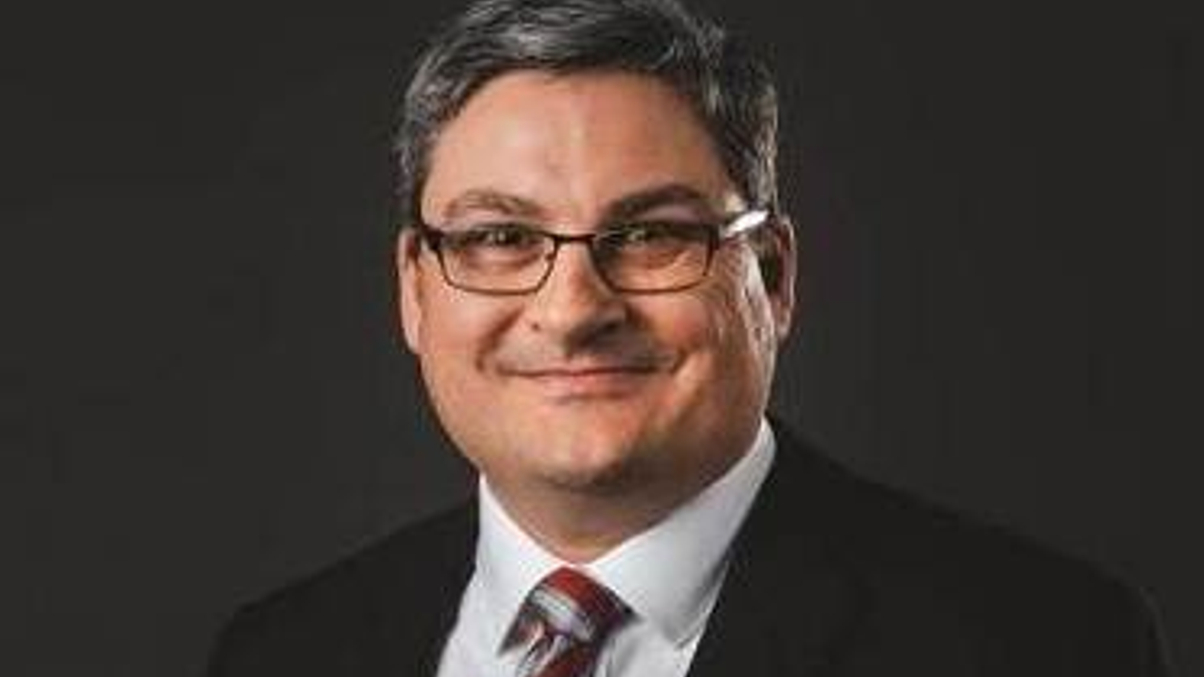award
Future Fund CIO on working with asset managers
The CIO of Australia's Future Fund, AsianInvestor's Sovereign Wealth Fund of the Year, discusses the challenges of managing pension portfolios and its approach to co-investment.

AsianInvestor’s award for the best sovereign fund in this year's Institutional Excellence Awards, held on Wednesday in Singapore, reflects the maturing of Australia’s Future Fund over its first decade.
Sign In to Your Account
Access Exclusive AsianInvestor Content!
Please sign in to your subscription to unlock full access to our premium AI resources.
Free Registration & 7-Day Trial
Register now to enjoy a 7-day free trial—no registration fees required. Click the link to get started.
Note: This free trial is a one-time offer.
¬ Haymarket Media Limited. All rights reserved.


